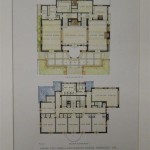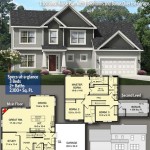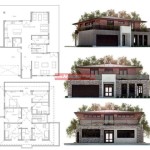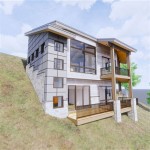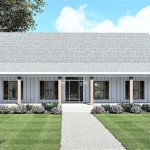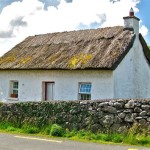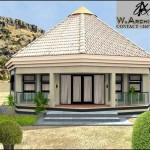Flying Squirrel Houses Plans: Essential Aspects for Wildlife Conservation
Flying squirrels are fascinating and elusive creatures that contribute to the balance of forest ecosystems. Providing them with suitable nesting sites is crucial for their survival and well-being. Building flying squirrel houses can be an enjoyable and rewarding way to support these nocturnal animals. Here are some essential aspects to consider when designing and constructing flying squirrel houses:
1. Choosing the Right Location
Selecting a suitable location for flying squirrel houses is paramount. Ideally, houses should be placed in mature hardwood or mixed forests where flying squirrels are known to occur. Choose trees with a minimum diameter of 12 inches at breast height (DBH) and avoid placing houses near human activity or potential predators like cats and owls.
2. Design Considerations
Flying squirrel houses should be designed to meet the specific needs of these animals. The entrance hole should be approximately 1.5 to 2.5 inches in diameter, allowing easy access while preventing larger predators from entering. The interior should be spacious enough to accommodate a family of squirrels, with dimensions of roughly 12 inches by 12 inches by 8 inches. Providing multiple chambers or compartments within the house offers additional shelter and protection.
3. Materials and Construction
Use durable and weather-resistant materials such as cedar, pine, or plywood for constructing flying squirrel houses. Ensure that the wood is at least 3/4 inch thick to provide insulation and protection from the elements. Seal all joints and seams using caulk or roofing tar to prevent water damage and maintain thermal regulation. Consider adding a predator guard or baffle around the base of the house to deter climbing animals.
4. Placement and Monitoring
Place flying squirrel houses at a height of 30 to 40 feet above the ground on the main trunk or a large limb of the chosen tree. Use galvanized wire or screws to securely attach the house to the tree, ensuring it is stable and won't fall. Monitor the houses periodically for signs of occupancy, such as nest building or droppings. Cleaning and replacing houses as needed will ensure the health and longevity of the squirrels.
5. Safety Precautions
Always prioritize safety when working with trees and heights. Wear appropriate protective gear, such as a helmet and gloves, and use a sturdy ladder or climbing equipment to reach the installation location. Avoid disturbing nesting squirrels, and schedule construction or maintenance activities outside of breeding seasons to minimize disruption.
Conclusion
Designing and constructing flying squirrel houses is a rewarding endeavor that contributes to the conservation of these enigmatic creatures. By following these essential aspects, you can create suitable nesting sites that will support the survival and well-being of flying squirrels. Remember to prioritize location, design, materials, placement, and safety to ensure the success of your efforts.

Squirrel Home Plans Labels Flying Squirrels
Making A Southern Flying Squirrel Sfs Nest Box Few Steps But Lots Of Details

Nestbox Plans For Bluebirds Bird House Kits Houses Nesting Boxes

A Plan For Flying Squirrel Nesting Box Bird House Plans Homemade Houses

Squirrel House Plans Stansplans Com

Night Time Critters Flying Squirrel And More Your Best Homeschool

Southern Flying Squirrels A Citizen Science Project For Nebraska Research School Of Natural Resources University Ndash Lincoln

Flying Squirrel S And Nests In Nestboxes

Help A Habitat Build Bird House Wren Black Capped Adee White Ted Nuthatch Prothonotary Warbler Deer Mouse Flying Squirrel And Footed Nest Box

Flying Squirrel S And Nests In Nestboxes

